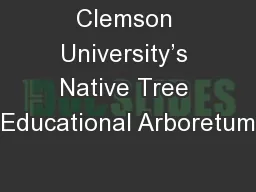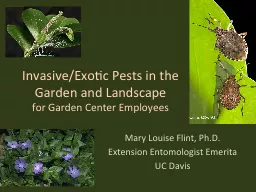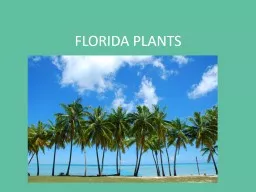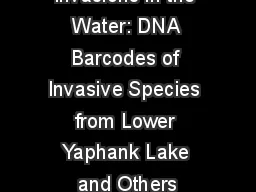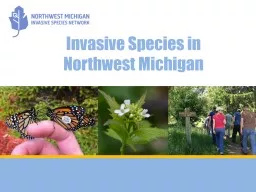PDF-Invasive Plants in Pennsylvania Ranunculus ficaria
Author : stefany-barnette | Published Date : 2016-03-05
frequently it will invade drier introduced into the United It is still commercially be assumed to be invasive Range the Northeast and Pacific Biology and Spread
Presentation Embed Code
Download Presentation
Download Presentation The PPT/PDF document "Invasive Plants in Pennsylvania Ranuncul..." is the property of its rightful owner. Permission is granted to download and print the materials on this website for personal, non-commercial use only, and to display it on your personal computer provided you do not modify the materials and that you retain all copyright notices contained in the materials. By downloading content from our website, you accept the terms of this agreement.
Invasive Plants in Pennsylvania Ranunculus ficaria: Transcript
Download Rules Of Document
"Invasive Plants in Pennsylvania Ranunculus ficaria"The content belongs to its owner. You may download and print it for personal use, without modification, and keep all copyright notices. By downloading, you agree to these terms.
Related Documents






